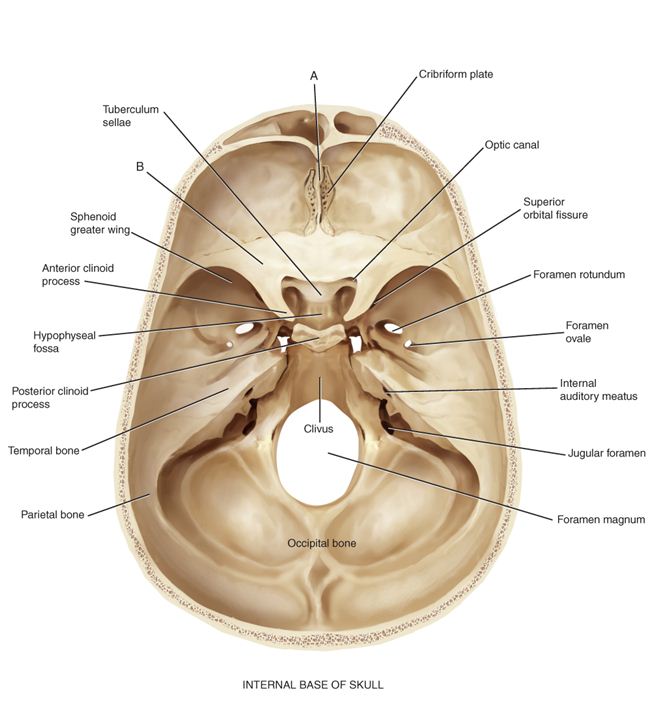In an ionic bond
A. oppositely charged atoms attract.
B. atoms share a pair or more of electrons.
C. each atom gains electrons.
D. like-charged atoms repel.
Answer: A
Anatomy & Physiology
You might also like to view...
Old discs shed from rods and cones are phagocytosed by
A) the outer segment. B) the inner segment. C) the pigment epithelium. D) the bipolar cells. E) the ganglion cells.
Anatomy & Physiology
Identify the following

Anatomy & Physiology
Explain the effect of the parasympathetic nervous system on cardiac muscle cells
What will be an ideal response?
Anatomy & Physiology
Ionic bonds are formed when
A) atoms share electrons. B) electrons are completely transferred from one atom to another. C) a pair of electrons is shared unequally by two atoms. D) hydrogen forms bonds with negatively charged atoms. E) two or more atoms lose electrons at the same time.
Anatomy & Physiology